

- RFQ
- BOM
-
Contact Us
Tel: +86-0755-83501315
Email: sales@sic-components.com
- Chinese
- English
- French
- German
- Portuguese
- Spanish
- Russian
- Japanese
- Korean
- Arabic
- Irish
- Greek
- Turkish
- Italian
- Danish
- Romanian
- Indonesian
- Czech
- Afrikaans
- Swedish
- Polish
- Basque
- Catalan
- Esperanto
- Hindi
- Lao
- Albanian
- Amharic
- Armenian
- Azerbaijani
- Belarusian
- Bengali
- Bosnian
- Bulgarian
- Cebuano
- Chichewa
- Corsican
- Croatian
- Dutch
- Estonian
- Filipino
- Finnish
- Frisian
- Galician
- Georgian
- Gujarati
- Haitian
- Hausa
- Hawaiian
- Hebrew
- Hmong
- Hungarian
- Icelandic
- Igbo
- Javanese
- Kannada
- Kazakh
- Khmer
- Kurdish
- Kyrgyz
- Latin
- Latvian
- Lithuanian
- Luxembou..
- Macedonian
- Malagasy
- Malay
- Malayalam
- Maltese
- Maori
- Marathi
- Mongolian
- Burmese
- Nepali
- Norwegian
- Pashto
- Persian
- Punjabi
- Serbian
- Sesotho
- Sinhala
- Slovak
- Slovenian
- Somali
- Samoan
- Scots Gaelic
- Shona
- Sindhi
- Sundanese
- Swahili
- Tajik
- Tamil
- Telugu
- Thai
- Ukrainian
- Urdu
- Uzbek
- Vietnamese
- Welsh
- Xhosa
- Yiddish
- Yoruba
- Zulu
- Kinyarwanda
- Tatar
- Oriya
- Turkmen
- Uyghur
cpld
A Complex Programmable Logic Device (CPLD) (https://www.sic-components.com/cplds-complex-programmable-logic-devices) is a mid-range programmable integrated circuit designed to implement digital logic applications. Unlike fixed-function ICs, CPLDs allow designers to configure their logic behavior post-manufacturing, making them flexible for diverse applications. They bridge the gap between simple programmable logic devices (SPLDs, e.g., PAL, PLA) and highly complex field-programmable gate arrays (FPGAs), offering a balance of capacity, cost, and performance.
History and Milestones of CPLD
Origins (1980s):CPLDs emerged as an evolution of SPLDs, addressing their limitations in logic capacity and flexibility. Early CPLDs, like Lattice Semiconductor’s GAL (Generic Array Logic) devices, introduced electrically erasable programming (EEPROM) and reusable logic blocks, replacing one-time-programmable SPLDs.
Key Technological Leaps:
1.1985: Lattice launched the first commercial CPLD (GAL 16V8), featuring programmable I/O and register outputs.
2.1990s: Altera’s MAX Series and Xilinx’s XC9500 introduced hierarchical architectures with multiple macrocells and a programmable interconnect array (PIA), enabling larger logic designs (up to 10,000 gates).
3.2000s: Advancements in manufacturing (submicron processes) enabled lower power consumption (μA-level standby) and in-system programmability (ISP via JTAG), expanding use in embedded and portable devices.
4.Present Day: CPLDs remain critical for cost-sensitive, low-latency applications, with manufacturers like Lattice, Microchip, and Intel (Altera) offering high-reliability, radiation-hardened variants for aerospace and automotive sectors.
CPLD Architecture
A CPLD consists of three core components:
1. Macrocells (Logic Blocks): Each macrocell contains an AND-OR array (for combinational logic, up to 5 product terms, expandable to 40 via cascading) and a flip-flop (for sequential logic, storing state).
2. Programmable Interconnect Array (PIA): A fixed, high-speed routing network that connects macrocells to each other and I/O pins, ensuring deterministic signal delays (e.g., sub-10ns pin-to-pin latency in high-speed models).
3. I/O Blocks: Support configurable voltage levels (3.3V, 5V), tri-state control, and ESD protection (up to 2000V), enabling seamless interfacing with external components.
How CPLDs Work
1. Design Entry:Engineers use hardware description languages (Verilog, VHDL) or schematic tools to define logic functions.
2. Synthesis & Optimization:Software converts the design into a netlist, optimizing for gate count, speed, or power.
3. Place & Route:Logic is mapped to macrocells, and signals are routed through the PIA. Unlike FPGAs, CPLD routing is predictable, ensuring stable timing.
4. Programming:Configuration data is written to non-volatile memory (EEPROM/Flash) via JTAG, enabling in-system reprogramming (10,000+ erase cycles).
Key Features of CPLDs
Non-Volatile Storage: Retain configuration without external memory (unlike FPGAs, which use volatile SRAM).
Deterministic Timing: Fixed PIA routing ensures predictable delays, critical for real-time systems (e.g., industrial control).
Low Power: CMOS architecture and per-macrocell power optimization enable μA-level standby current, suitable for battery devices.
Flexible Architecture: Macrocells support both combinational (e.g., logic gates) and sequential (e.g., counters, FIFOs) functions.
Robustness: Industrial-grade models operate across -40°C to 85°C and offer latch-up immunity (200mA), ideal for harsh environments.
Advantages of CPLDs
Cost-Effective for Medium Complexity: Cheaper than FPGAs for designs under 100k gates, eliminating the need for custom ASICs.
Rapid Prototyping: Short design cycles with easy-to-use tools (e.g., Quartus Prime, iCEcube2) and in-system programming.
High Reliability: Non-volatile memory protects against configuration loss, and rugged designs ensure stability in aerospace or automotive applications.
Security: EEPROM/Flash storage resists data theft, unlike FPGAs reliant on external (and vulnerable) configuration chips.
Applications of CPLDs
Industrial Automation:PLC logic, motor control (PWM generation), and sensor interfacing (e.g., converting analog sensor data to digital signals).
Medical Devices:Real-time monitoring (ECG signal filtering), diagnostic equipment control, and pacemaker timing logic.
Automotive Electronics:ECU coordination, CAN bus protocol processing, and safety-critical systems (e.g., anti-lock braking system logic).
Telecommunications:Protocol bridging (UART to Ethernet), signal conditioning, and low-latency data routing.
Consumer Electronics:Power management (battery charging control), display drivers (LED matrix), and keypad decoding.
How to Choose a CPLD?
Logic Capacity:Match macrocell count to design needs (32–256 macrocells typical; e.g., 32 macrocells for simple glue logic, 64+ for complex state machines).
Speed Requirements:Look for pin-to-pin delays (e.g., 7.5ns for high-speed applications) and maximum clock frequency (up to 125MHz).
Power Consumption:Prioritize μA-level standby modes for battery devices or energy-efficient systems.
Temperature Range:Industrial (-40°C to 85°C) or extended (-55°C to 125°C for aerospace) options as needed.
Programming Technology:Choose EEPROM/Flash for non-volatility or consider ISP/JTAG support for field updates.
Packaging:Select pin count (44–100 pins) and form factor (PLCC, TQFP) based on board space and I/O requirements.
CPLDs vs. FPGAs
Feature CPLD FPGA
Architecture Macrocells + fixed PIA Logic blocks (CLBs) + flexible routing
Logic Capacity 1k–100k gates 1M–100M gates
Memory Type Non-volatile (EEPROM/Flash) Volatile (SRAM, requires external storage)
Timing Predictable (fixed routing) Variable (dynamic routing)
Power Low (μA standby) Higher (mW, due to SRAM and large logic)
Cost (Small Design) Low ($1–$10) High ($50–$500+)
Ideal Use Simple control logic, glue logic Complex parallel processing, ASIC prototyping
SPLD vs. CPLD
Feature SPLD (e.g., PAL, PLA) CPLD
Macrocells Single logic block Multiple blocks (e.g., 32–256 macrocells)
Interconnect Fixed (limited flexibility) Programmable PIA for cross-block routing
Logic Capacity <1k gates 1k–100k gates
Reprogramming One-time (fuse) or limited Multiple times (10k+ cycles, EEPROM/Flash)
Applications Simple logic (e.g., decoders) Mid-complexity control, state machines
SIC(https://www.sic-components.com/cplds-complex-programmable-logic-devices) has a large inventory of high-performance CPLDs, ensuring sufficient stock and rapid delivery. All products are in stock, have passed strict quality tests, and can be shipped immediately. With reliable supply, they feature a flexible architecture, low latency (as low as 2.5ns), a wide operating temperature range (-40°C to 145°C), and high durability, efficiently meeting the diverse needs of industries such as industrial, telecommunications, and consumer electronics.
FAQs
1. Can CPLDs be reprogrammed after manufacturing?
Yes, via in-system programming (ISP) using JTAG, with thousands of erase/reprogram cycles supported.
2. Are CPLDs suitable for high-frequency applications?
They excel in low-latency tasks (sub-10ns delays) but have lower maximum clock speeds than FPGAs (typically up to 125MHz).
3. What’s the difference between CPLD and ASIC?
CPLDs are programmable post-manufacture, while ASICs are custom-built for a fixed function, offering higher performance but higher cost and longer development time.
4. Who are the major CPLD manufacturers?
Lattice Semiconductor, Microchip (Microsemi), Intel (Altera), Xilinx (AMD), and Cypress (Infineon).
5. Will CPLDs become obsolete with FPGAs?
No; their cost-effectiveness, low power, and deterministic timing ensure relevance in niche markets like industrial control and embedded systems.
CPLDs remain a versatile choice for engineers balancing cost, performance, and flexibility, offering a robust solution for mid-complexity logic in an ever-evolving digital landscape.
https://www.sic-components.com/cplds-complex-programmable-logic-devices

Hot Products
View MoreRelated Blogs

2000+
Daily average RFQ Volume

30,000,000
Standard Product Unit

2800+
Worldwide Manufacturers

15,000 m2
In-stock Warehouse




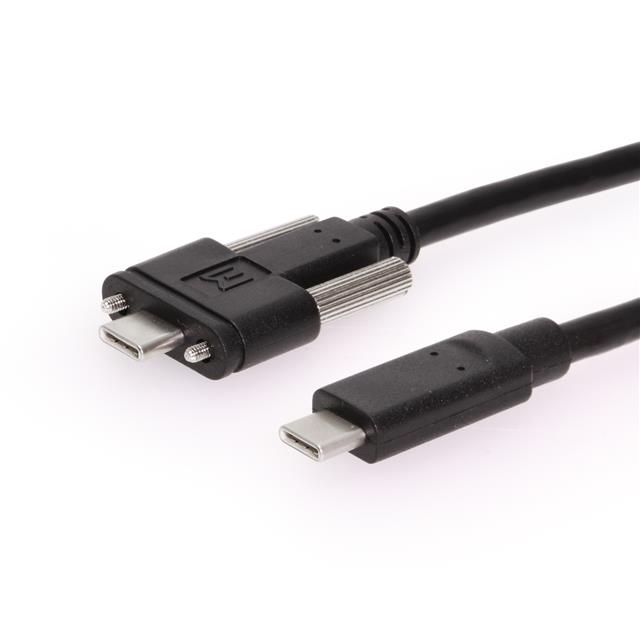

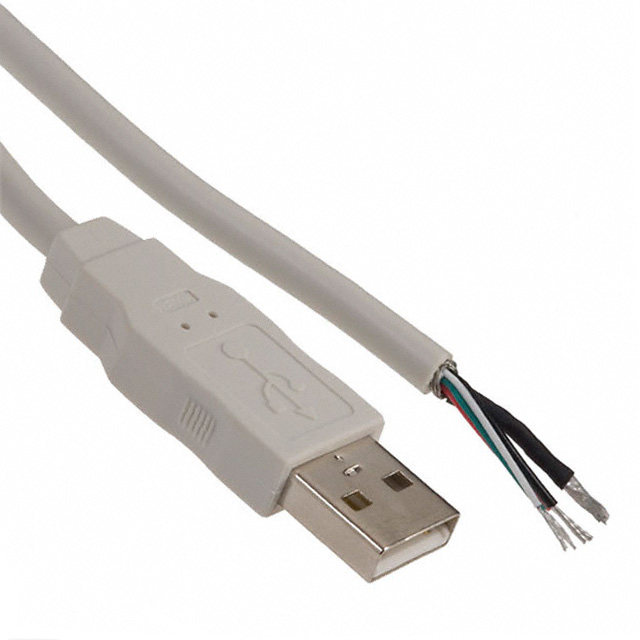


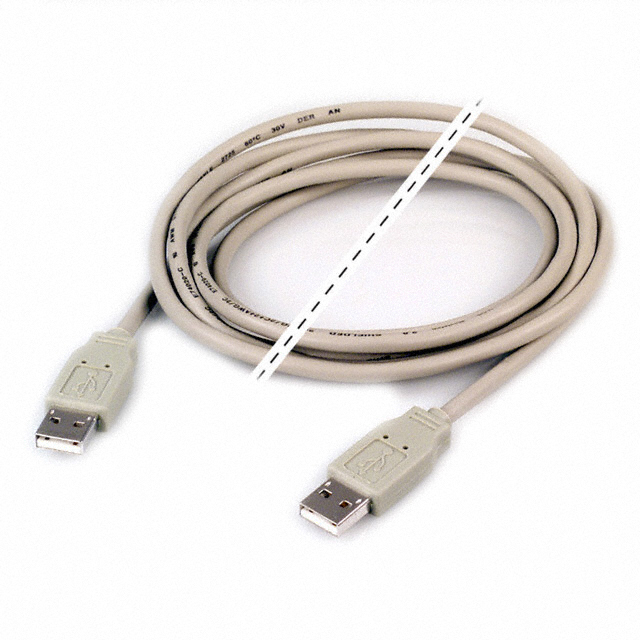
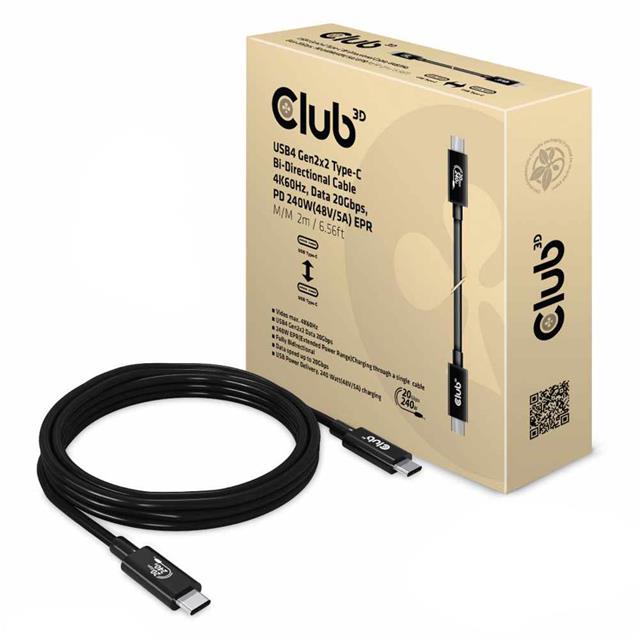
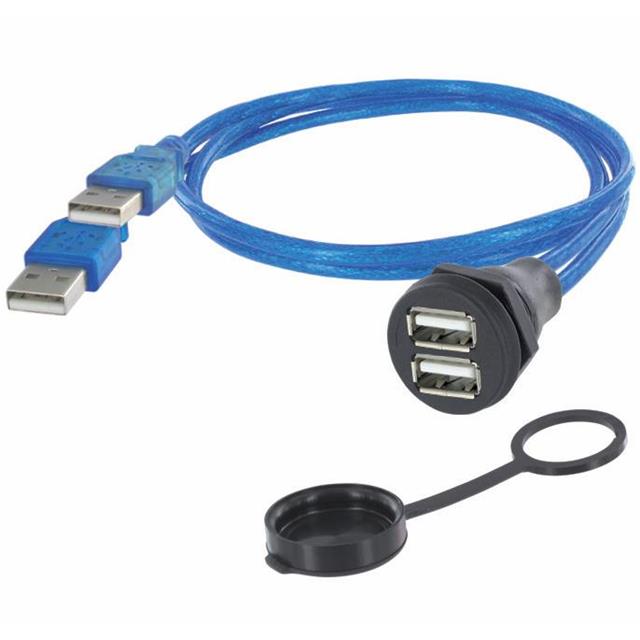

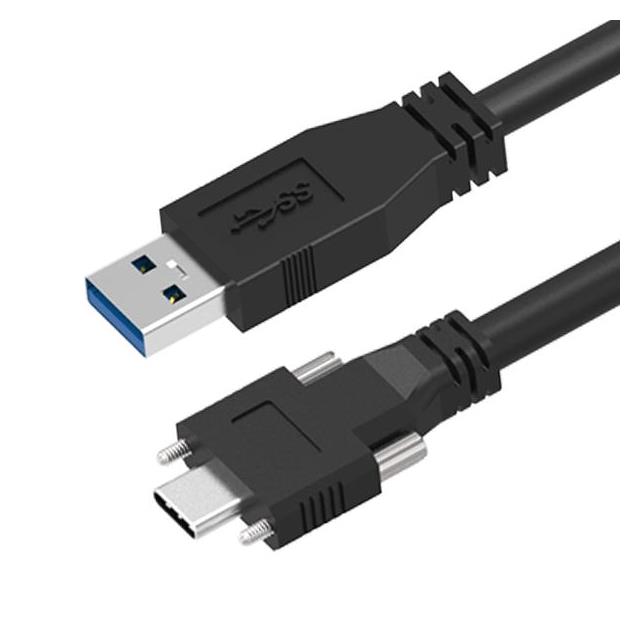
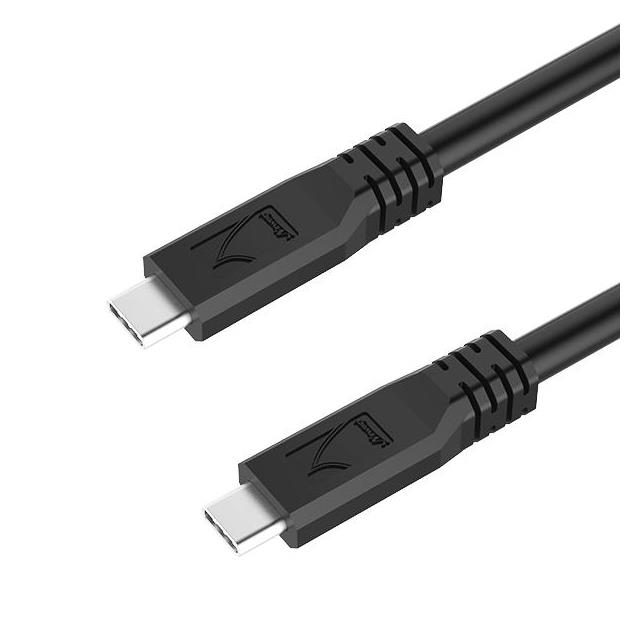









 Wishlist (0 Items)
Wishlist (0 Items)